EU ups textile quotas
Vietnam has secured a higher quota limit on clothing products and textiles exported to the European market after successful negotiations with representatives from the European Union.
This is a timely boost ahead of the negotiations with the EU when the parties will meet to sign a new agreement that will be extended to meet the demands of the recently expanded 25-member economic bloc.
Bui Xuan Khu, the Deputy Minister of Industry, told Vietnam Investment Review that a positive result had been achieved.
“The document on extra quotas granted to Vietnam in 2003 was signed last week between Vietnam’s representative, Minister Truong Dinh Tuyen and representatives of the European Union,” he said.
As a result, Vietnam’s garment and textile enterprises have been granted an extra quota on certain “hot categories” exported to the EU.
“‘Hot categories’, including trousers and T-shirts, are permitted to increase by either 55 or 70 per cent with an overall estimated value of $300 million,” he said.
The EU is the second biggest export market for Vietnam’s garment and textile products, behind the US market that amassed an export turnover of nearly $2 billion last year.
Khu said after signing on the dotted line last week, both sides agreed a new bilateral agreement would be made right after the new situation has been established with the 10 new EU members.
The new quota limit should increase accordingly, he said, which he estimated could be in the region of around $1.2 billion to $1.3 billion this year, including the extra quota granted in 2003 being moved to this year.”
Mai Hoang An, general director of the Vietnam National Garment and Textile Corporation (Vinatex) said local garment and textile enterprises had great potential to tap into the EU market.
He said under the context the US market would become tougher and tougher for the local garment and textile enterprises as the market will become free-quota oriented for WTO members early next year, so Vietnamese products would have to compete fiercely.
“The EU has been a traditional market but due to pull of the US market, several local garment and textile enterprises have ignored the EU market and market shares previously marked by local enterprises have been replaced with Chinese products,” he said.
Vietnam has set an overall target for the export turnover of the garment and textile industry at around $4.2 billion this year, up from $3.6 billion last year.
However, several garment and textile enterprises that spoke to Vietnam Investment Review, said to compete with ‘made-in-China’ clothing products on the EU market, they needed support from the government for aggressive marketing, promotional campaigns and financial support.
Bui Xuan Khu, the Deputy Minister of Industry, told Vietnam Investment Review that a positive result had been achieved.
“The document on extra quotas granted to Vietnam in 2003 was signed last week between Vietnam’s representative, Minister Truong Dinh Tuyen and representatives of the European Union,” he said.
As a result, Vietnam’s garment and textile enterprises have been granted an extra quota on certain “hot categories” exported to the EU.
“‘Hot categories’, including trousers and T-shirts, are permitted to increase by either 55 or 70 per cent with an overall estimated value of $300 million,” he said.
The EU is the second biggest export market for Vietnam’s garment and textile products, behind the US market that amassed an export turnover of nearly $2 billion last year.
Khu said after signing on the dotted line last week, both sides agreed a new bilateral agreement would be made right after the new situation has been established with the 10 new EU members.
The new quota limit should increase accordingly, he said, which he estimated could be in the region of around $1.2 billion to $1.3 billion this year, including the extra quota granted in 2003 being moved to this year.”
Mai Hoang An, general director of the Vietnam National Garment and Textile Corporation (Vinatex) said local garment and textile enterprises had great potential to tap into the EU market.
He said under the context the US market would become tougher and tougher for the local garment and textile enterprises as the market will become free-quota oriented for WTO members early next year, so Vietnamese products would have to compete fiercely.
“The EU has been a traditional market but due to pull of the US market, several local garment and textile enterprises have ignored the EU market and market shares previously marked by local enterprises have been replaced with Chinese products,” he said.
Vietnam has set an overall target for the export turnover of the garment and textile industry at around $4.2 billion this year, up from $3.6 billion last year.
However, several garment and textile enterprises that spoke to Vietnam Investment Review, said to compete with ‘made-in-China’ clothing products on the EU market, they needed support from the government for aggressive marketing, promotional campaigns and financial support.
What the stars mean:
★ Poor ★ ★ Promising ★★★ Good ★★★★ Very good ★★★★★ Exceptional
 Tag:
Tag:
Related Contents
Latest News
More News
- Vietnam’s economy on track for 6.5 per cent growth despite Typhoon Yagi, says HSBC (October 01, 2024 | 16:46)
- Vietnam urges China to expand market access for agricultural products and strengthen trade ties (October 01, 2024 | 16:42)
- IMF predicts Vietnam's economic growth to reach 6.1 per cent in 2024 (September 30, 2024 | 18:26)
- Deli Group breaks ground on $270 million factory in Hai Duong (September 30, 2024 | 18:17)
- Government considering tax on multiple properties (September 27, 2024 | 20:17)
- Accuracy more vital than ever in dawn of AI (September 26, 2024 | 20:44)
- Vietnam remains attractive destination for US businesses (September 26, 2024 | 20:23)
- New innovation centre inaugurated during HEF 2024 (September 25, 2024 | 09:00)
- China's Geely to build $168 million automobile facility with Tasco in Thai Binh (September 24, 2024 | 19:03)
- Spate of claims made in typhoon aftermath (September 19, 2024 | 17:00)




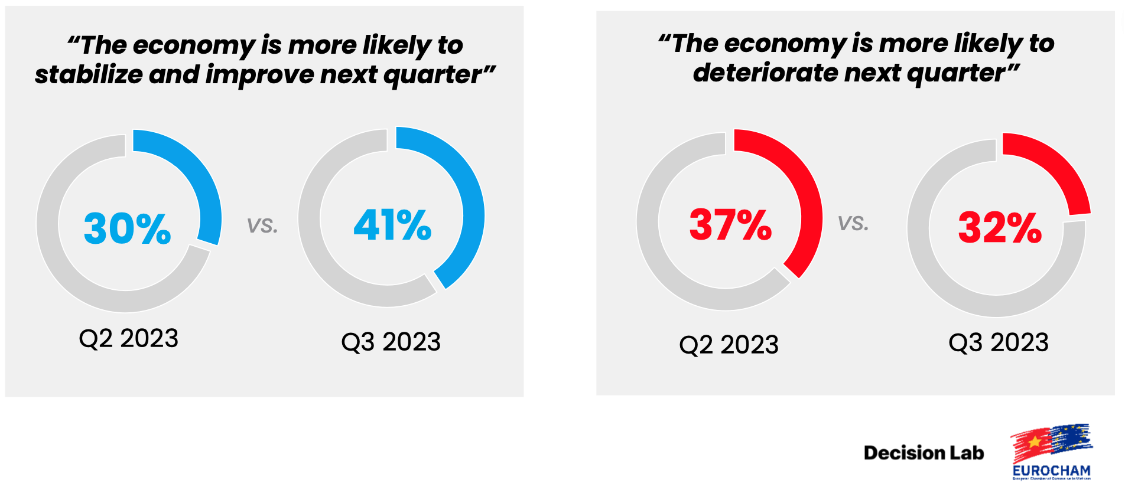
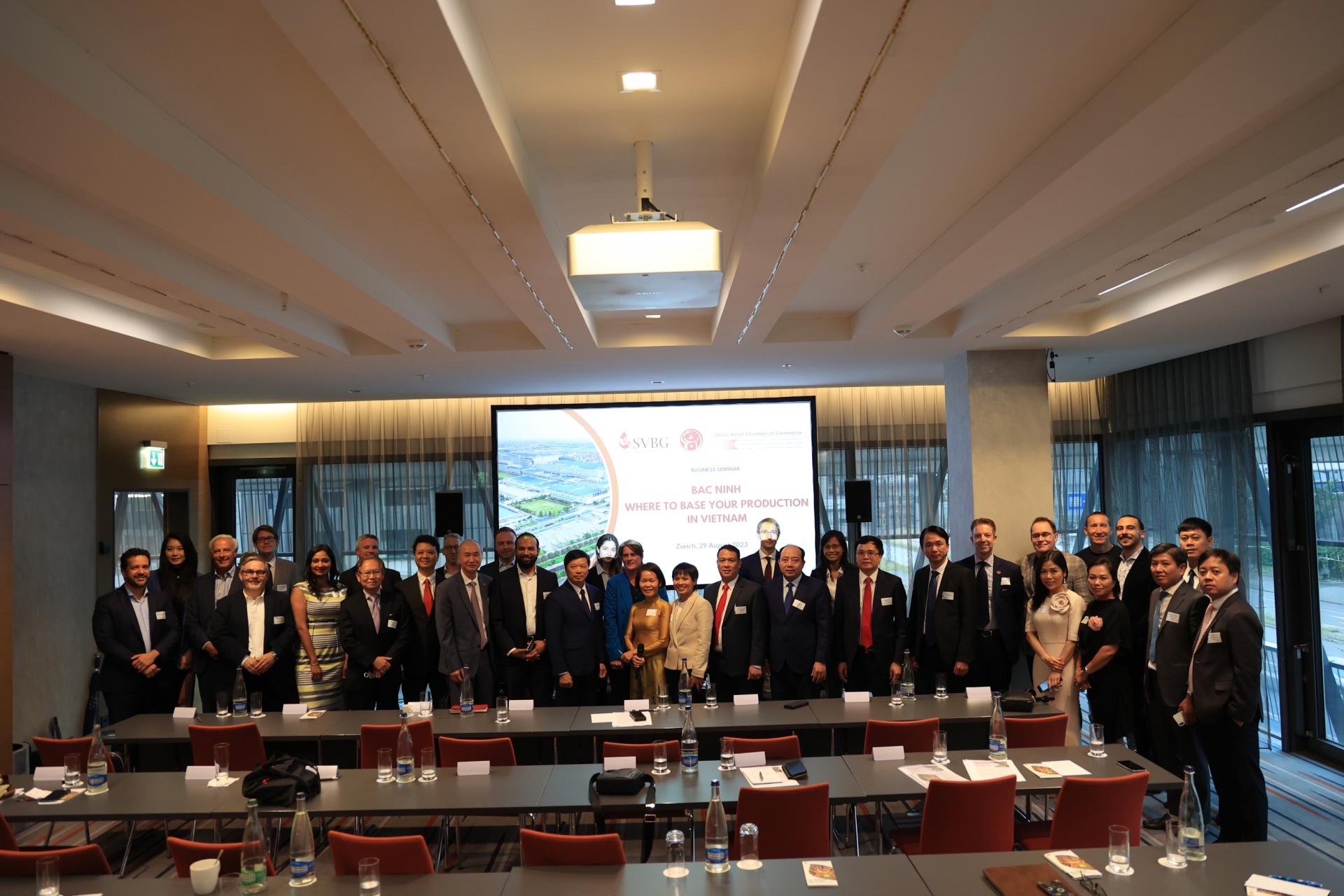


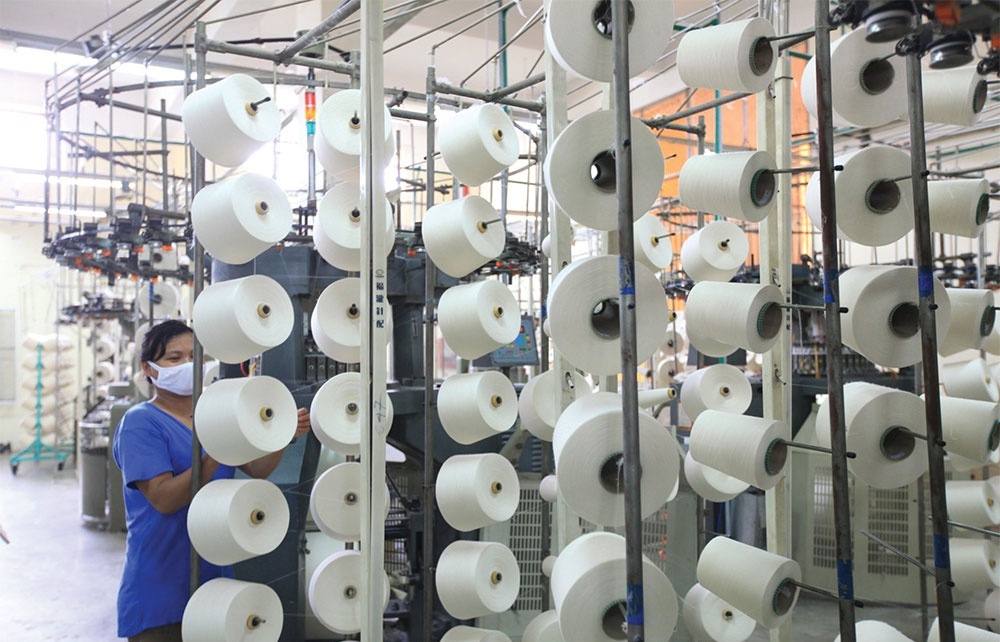


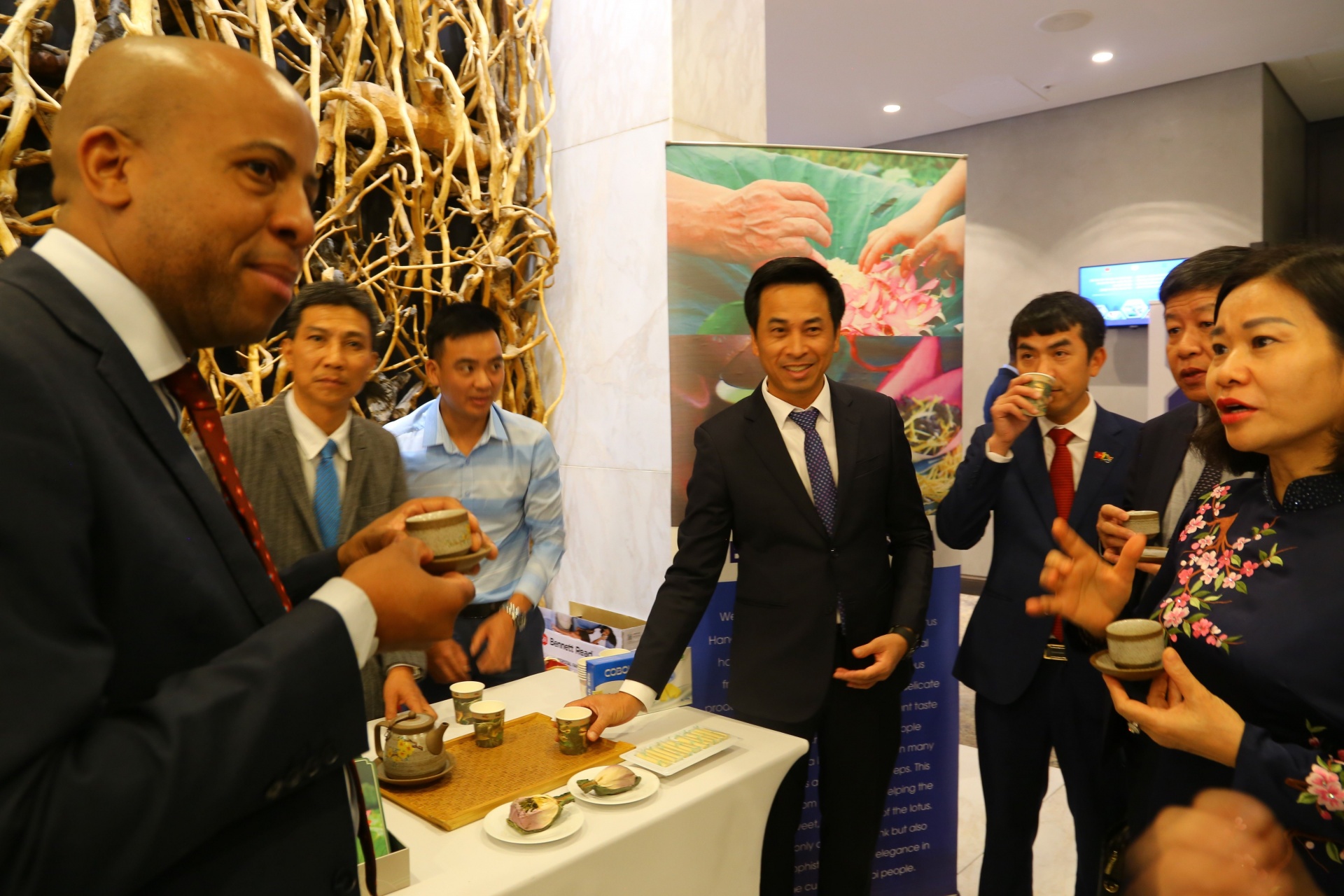
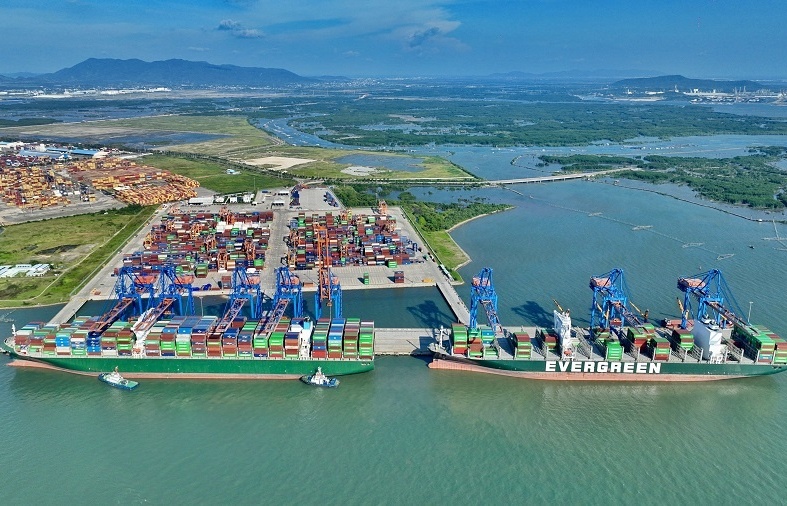


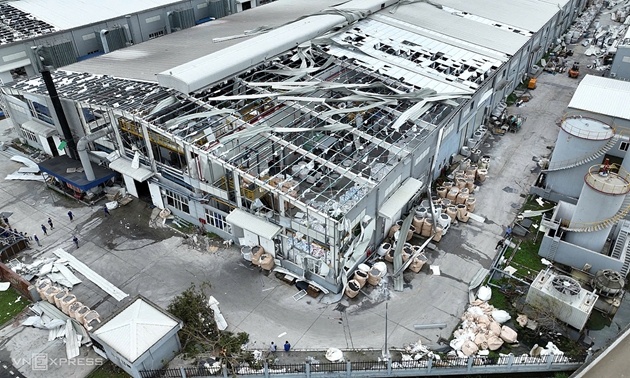







 Mobile Version
Mobile Version